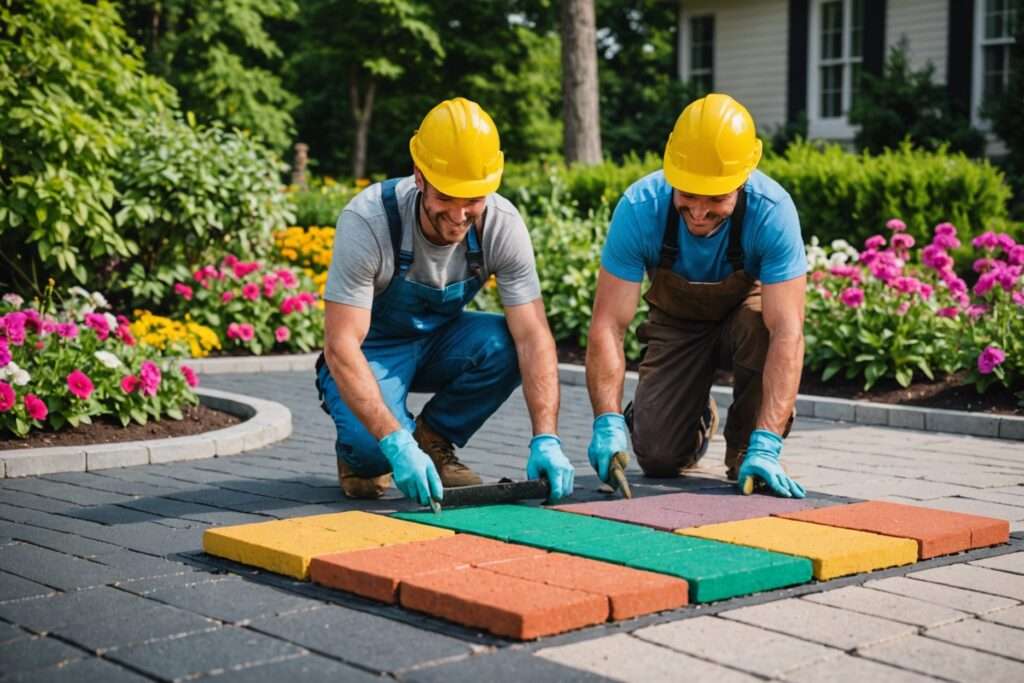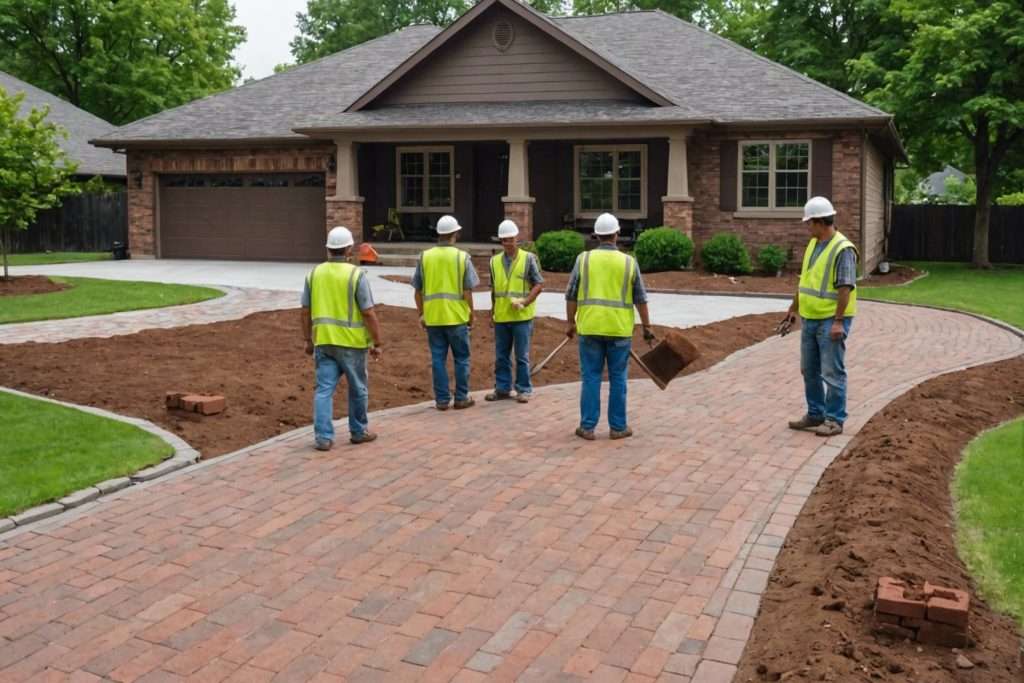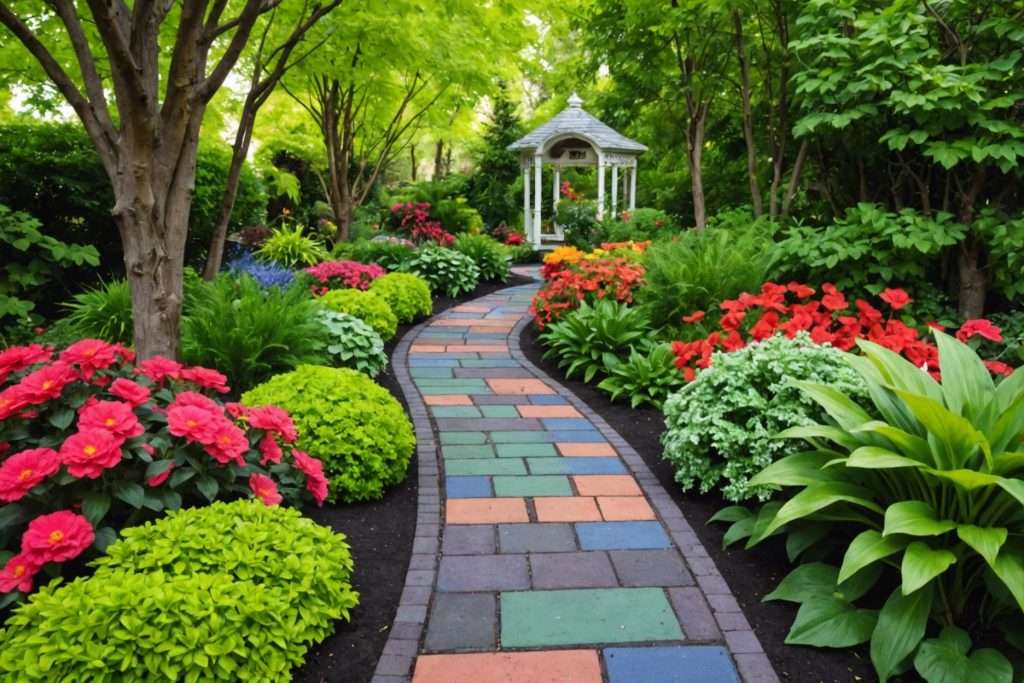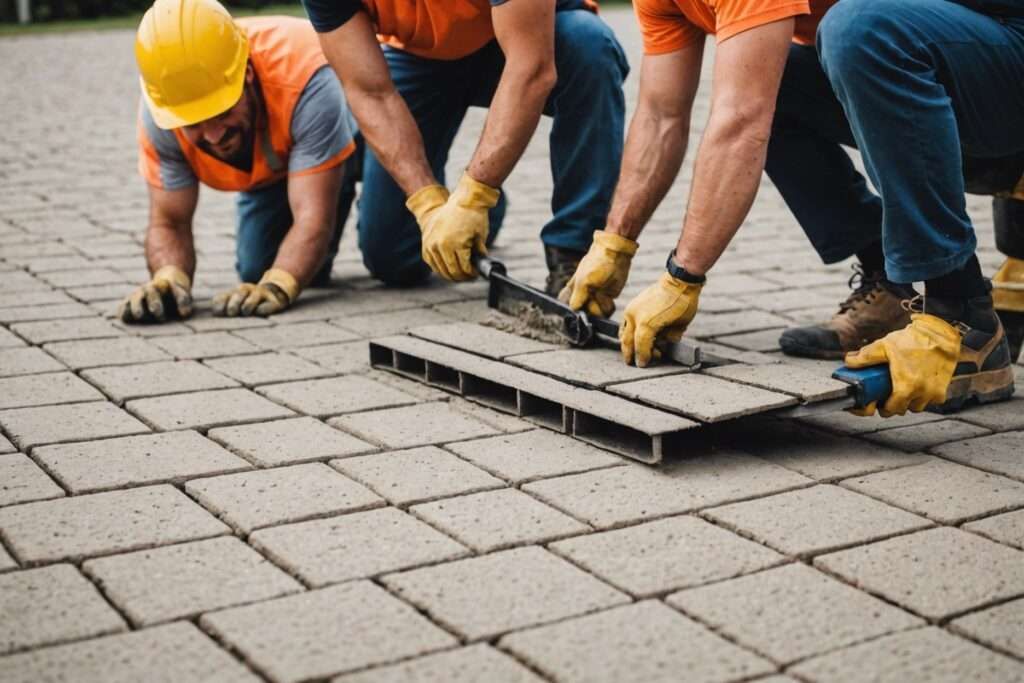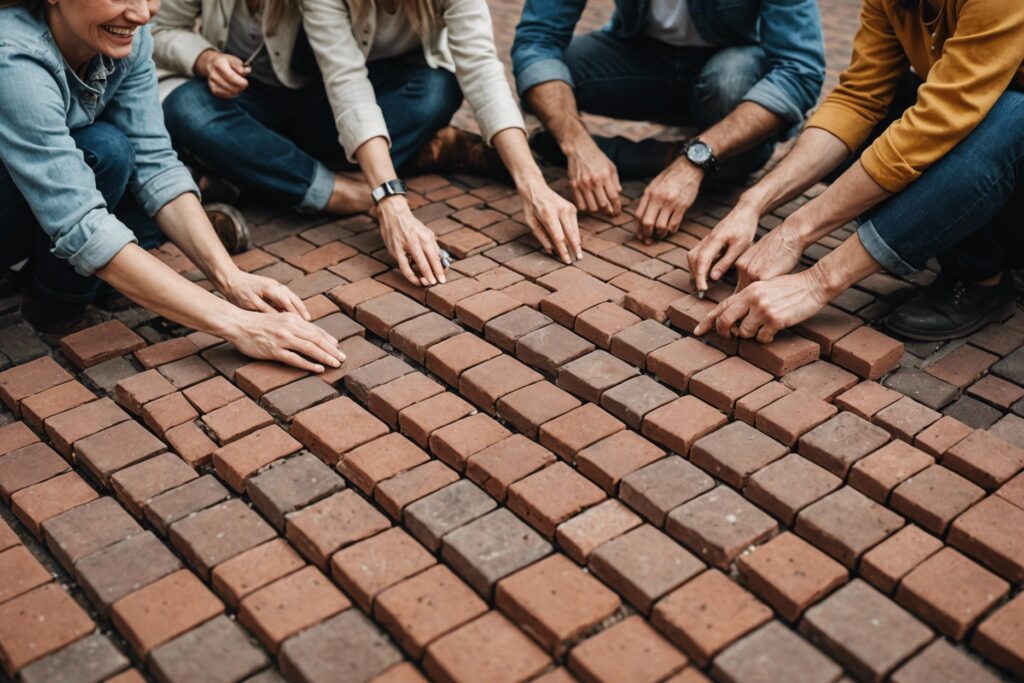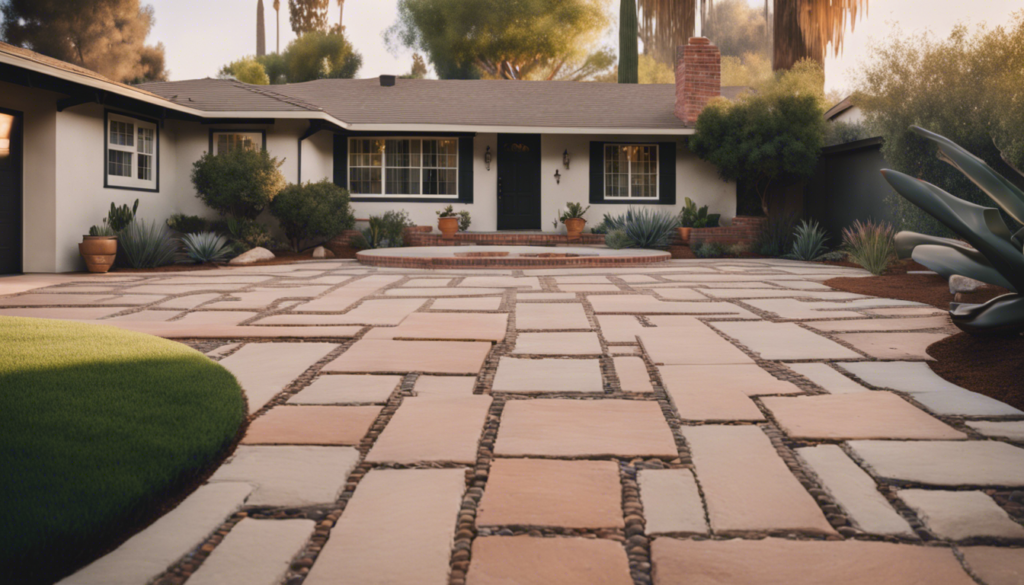Homeowners are ditching brick for pavers due to the high maintenance, susceptibility to weather damage, and costly repairs associated with brick. Alternatives like concrete, natural stone, and recycled materials offer more durability, cost-efficiency, and environmental benefits. 1. Challenges with Brick in Landscaping Brick paving adds a classic touch to landscapes but comes with its challenges. […]
Read More
For optimal paver installation, ensure a solid base by preparing a 4-6 inch layer of compacted gravel followed by a 1-2 inch layer of coarse sand for stability and leveling. Always confirm the pavers are snug and level during placement, applying proper drainage techniques and regular maintenance to enhance longevity and appearance. 1. Introduction to […]
Read More
The cost of installing a brick driveway typically ranges from $10 to $30 per square foot, with variations depending on materials, design complexity, and local labor rates. For a more precise estimate tailored to specific conditions and preferences, using a cost calculator or consulting with a professional is recommended. 1. Introduction to Brick Driveway Paving […]
Read More
Explore a variety of paver walkway designs ranging from classic brick layouts to modern geometric patterns and artistic mosaic paver art, each offering unique aesthetic and functional benefits. Options include durable, low-maintenance materials like concrete and stone, adaptable to any home style, ensuring both beauty and longevity in outdoor spaces. 1. Classic Brick Layouts Explore […]
Read More
Pavers should match the curb slope to ensure safety by preventing water pooling and erosion, and to maintain stability which helps avoid the creation of tripping hazards. Additionally, aligning the slope aesthetically enhances the property’s curb appeal, thus potentially increasing its market value. Introduction to Pavers and Curb Slope Pavers and curb slopes are key […]
Read More
Polymeric sand is the most effective option for securing joint sand in paver installations, as it hardens upon wetting and binds strongly to resist erosion, weed growth, and pests. For best results, ensure that the pavers are dry, sweep the sand into the joints thoroughly, and activate the sand with a light mist of water […]
Read More
To remove oil and grease stains from pavers, apply a homemade poultice made of flour, hydrogen peroxide, and mineral spirits or use commercial-grade cleaners for more stubborn stains. For hard water and rust, create a paste using white vinegar and baking soda or lemon juice and baking soda, apply to the stain, let it sit, […]
Read More
Permeable pavers are eco-friendly, absorbing rainwater to reduce runoff and pollution, whereas concrete pavers are durable, strong and offer more design versatility for high traffic areas. Both types have environmental advantages, but choice depends on local climate and specific project needs. Introduction to Paver Types Pavers are essential for creating durable surfaces like driveways, patios, […]
Read More
The top three brick paving patterns for driveways include the durable and visually appealing Herringbone pattern, the classic and easy-to-install Basketweave pattern, and the simple yet sturdy Running Bond pattern. Each pattern offers unique benefits and can be tailored to match different home styles and driveway sizes. 1. Herringbone Pattern The Herringbone pattern is a […]
Read More
The Charm of Pasadena’s Historic Districts Pasadena’s historic districts are a window into the city’s rich past, showcasing architectural beauty that tells the story of its heritage. The city values its history deeply, launching projects like “Historic Places Pasadena: Completing Our Story” to identify and preserve significant sites. This initiative, backed by the City Council, […]
Read More


